Citizens at Work to Save the Italian Heritage
ROME - Last Sunday volunteers in Rome turned out to clean up the mess of what had once been a sacred river, the Almone. Rome's third most important after the Tiber and the Aniene, this small river flows from the Alban Hills toward Rome, passing the Basilica of St. John Lateran and the Colosseum, to disgorge into the Tiber itself. So clean was the Almone in antiquity that, as Ovid relates, this was where the priests of Cybele came on the "Lavatio Matris" every March 27 so as "to wash the goddess and the sacred objects of her cult." For the Romans, Cybele was the Magna Mater or Great Mother, and considered an ancestral goddess whose cult spread throughout the Mediterranean.
In recent years, however, the Amone, despite its passing through the great park of the ancient Appian Way, became a rubbish dump. For the past few years citizens have collected signatures for petitions of protest; this year they took action. Among the causes of the pollution of the Almone, which lies at the heart of the Caffarella Park on the Appian Way, is that nearby businesses were dumping industrial as well as household waste, with the result that they were literally polluting the Appian parkland, according to prosecutor Maria Bice Barborini this summer. Investigators found the river polluted with mercury, zinc, copper and beryl as well as human excrement from latrines.
Bearing in mind that little is more important in Italy than the conservation of its vast and multi-layered cultural heritage, the contributions made by ordinary citizens is all the more important. That heritage is so rich on so many levels that it is extremely difficult to maintain, as was shown last week when a 6-inch stone chunk that dropped from a cornice in the ancient Basilica of Santa Croce in Florence fell unexpectedly, striking a Spanish visitor on the head and killing him. Could that have been avoided? It is hard to say: the basilica was inspected just the previous week, but to inspect a column decoration 60 feet overhead, while necessary for safety, is not part of ordinary administration.
The truth is that the government, even if with the best intentions, cannot handle the totality of the Italian heritage. And this is where ordinary citizens and volunteers, like those who turned out Oct. 22 to clean the river flowing through the Appian parkland, can do their part, and are doing it. For instance, the non-profit association LoveItaly, founded by Gloria Ardi and financed through crowd-funding, has just launched a campaign called "Adotta una Colonna" (Adopt a Column) to support tending the cloister of the medieval Certosa di San Giacomo at Capri. (See >> )
Testifying to the contributions made by other private citizens in Italy is the excellent work of the Fondo Ambiente Italiano (FAI). This non-profit was born in 1975 from an idea of Elena Croce, the daughter of the great philosopher born in the Abruzzo, Benedetto Croce (1866 - 1952). Her inspiration was the British National Trust, which dates from 1895. For FAI's founders, who included Giulia Maria Crespi, the goal of the association was for the "conservation, protection and valorization of the Italian heritage of art, nature and landscape." Among its first donors was Emanuela Castelbarco, niece of Arturo Toscanini, with a contribution in 1977 for restoration of the Castle at Avio near Trento.
Among its 36 other protected sites are churches, parks, mills, palaces, monasteries and even a saline and a shop or two. President since 2013 is archaeologist Andrea Carandini, who most recently gave a book-length interview with Paolo Conti published by Laterza, with the evocative (and true) title "Il nuovo dell'Italia è nel passato" (Italy's New Is from the Past).
Membership in FAI can cost a student as little as E10 a year and, for an ordinary member, E29. (See: http://sostienici.fondoambiente.it/iscriviti). And of course sustaining members are welcome. FAI membership brings special visiting privileges. In Milan in November members are offered two private tours of the exhibition "Dentro Caravaggio" (Within Caravaggio), in which no less than 18 masterpieces from Italian and foreign museums are on view at the Palazzo Reale.
Other FAI visits are often to sites that are not open to the general public and, on the contrary, introduce the unusual; FAI visitors in Milan this month will see an outstanding art decò villa, normally private. Villa Necchi Campiglio was built in 1935, not for the traditional Italian nobility, but for the family of one of Italy's then new industrial aristocrats. On the property in the heart of Milan architect Piero Portaluppi placed one of the city's first private swimming pools. Its art collection includes works by Tiepolo and Canaletto but also by modernists like Giorgio De Chirico and Mario Sironi






























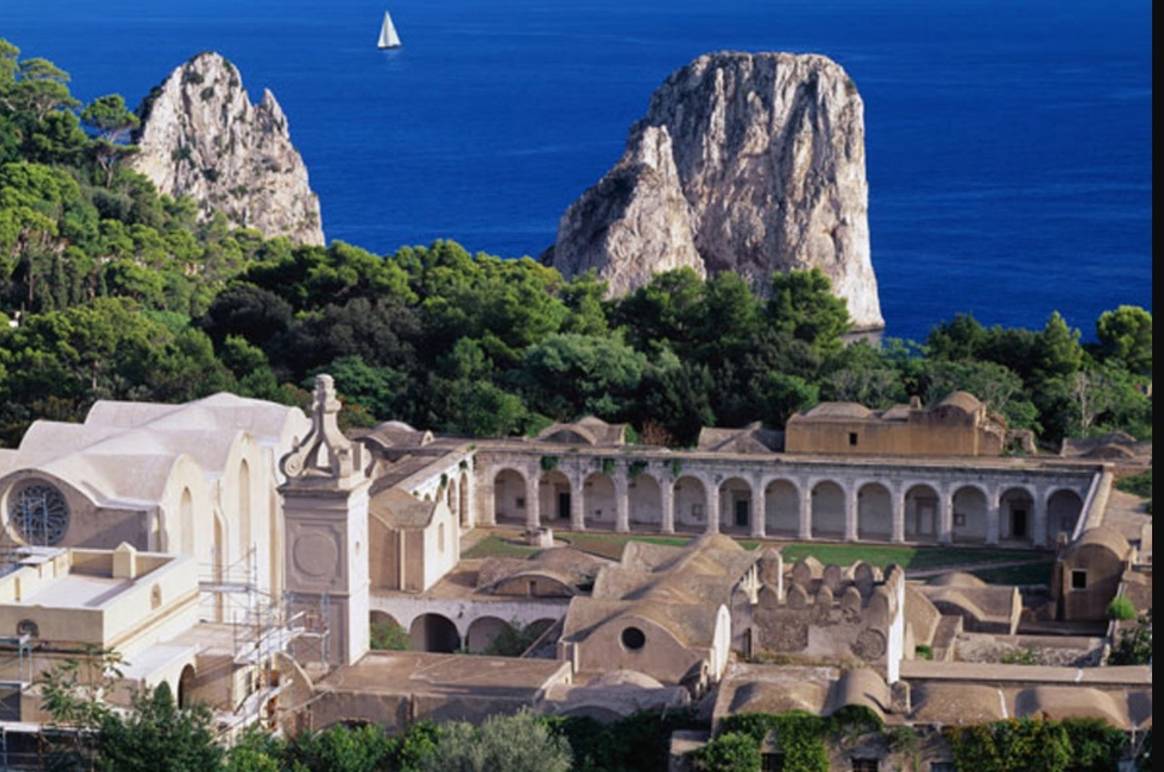
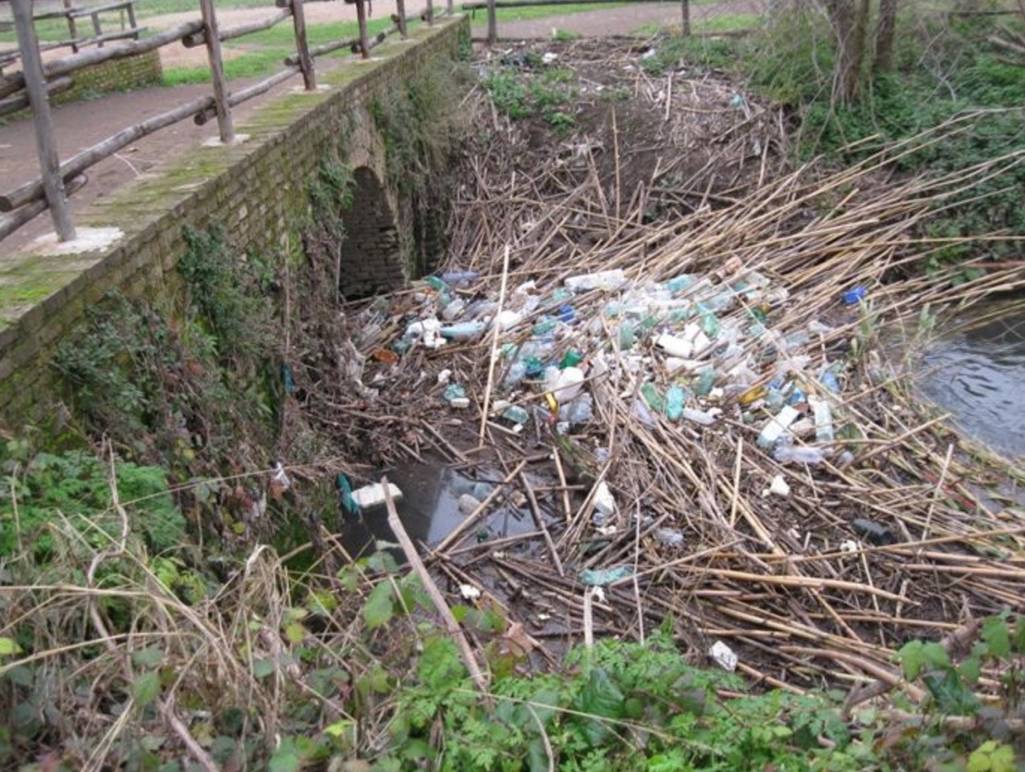

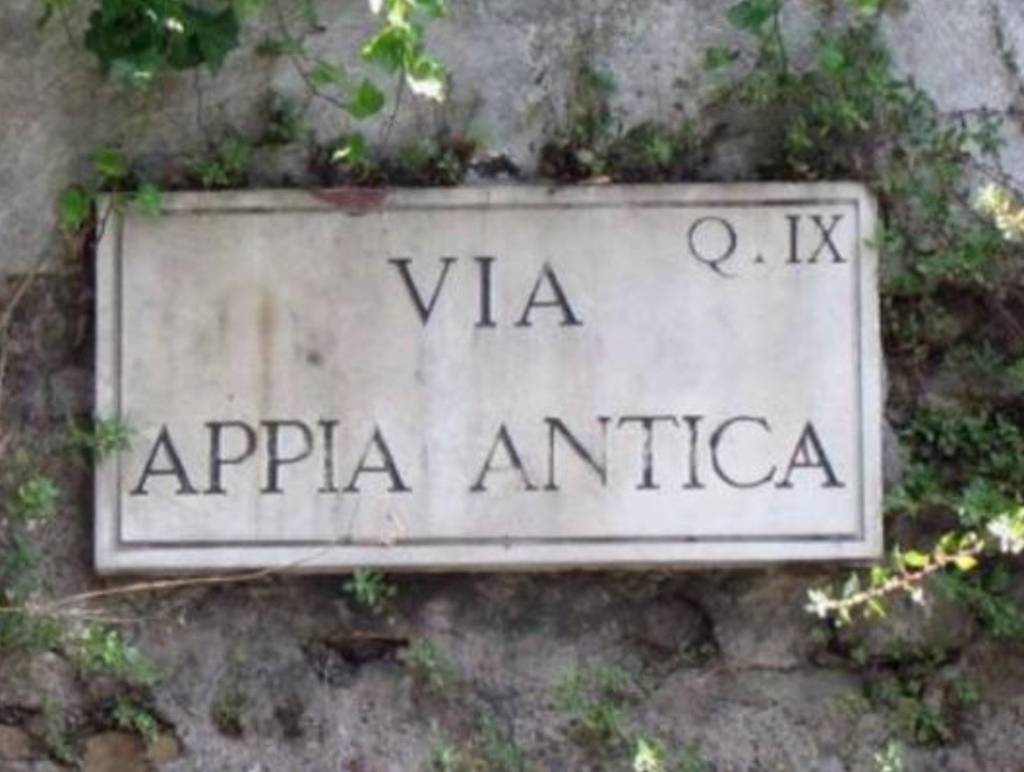
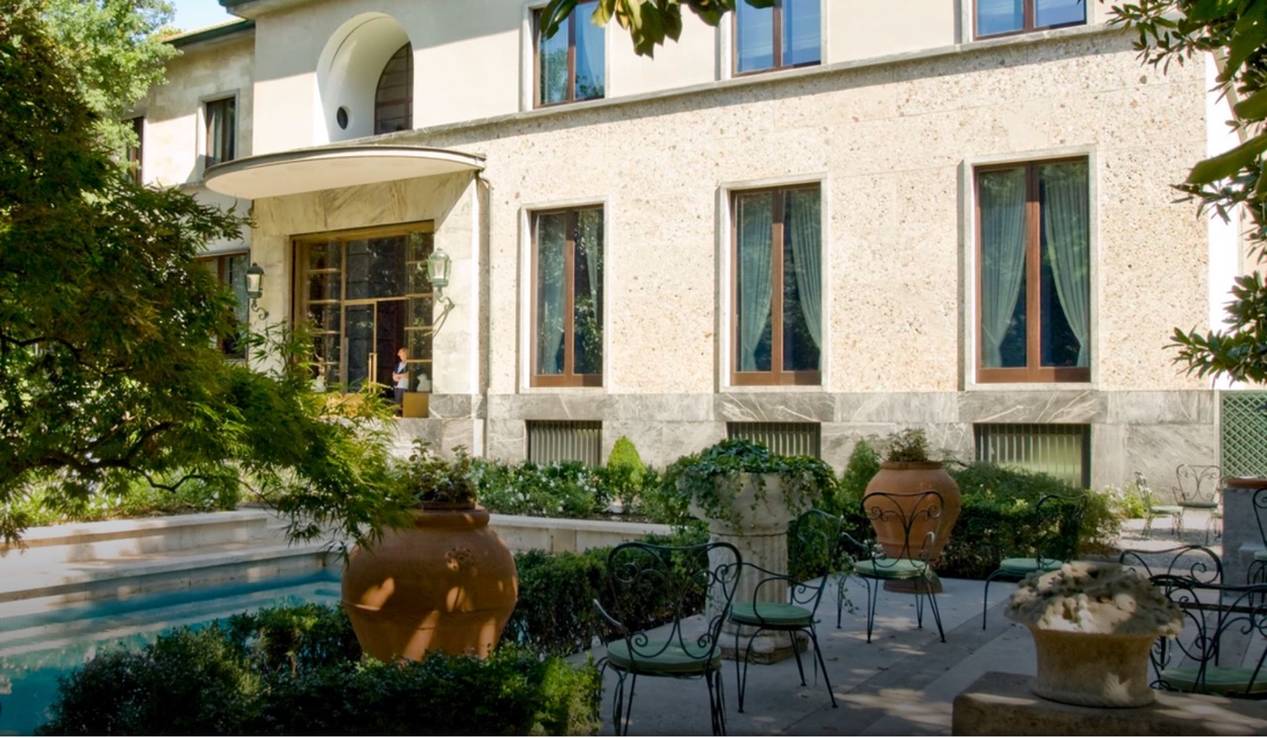
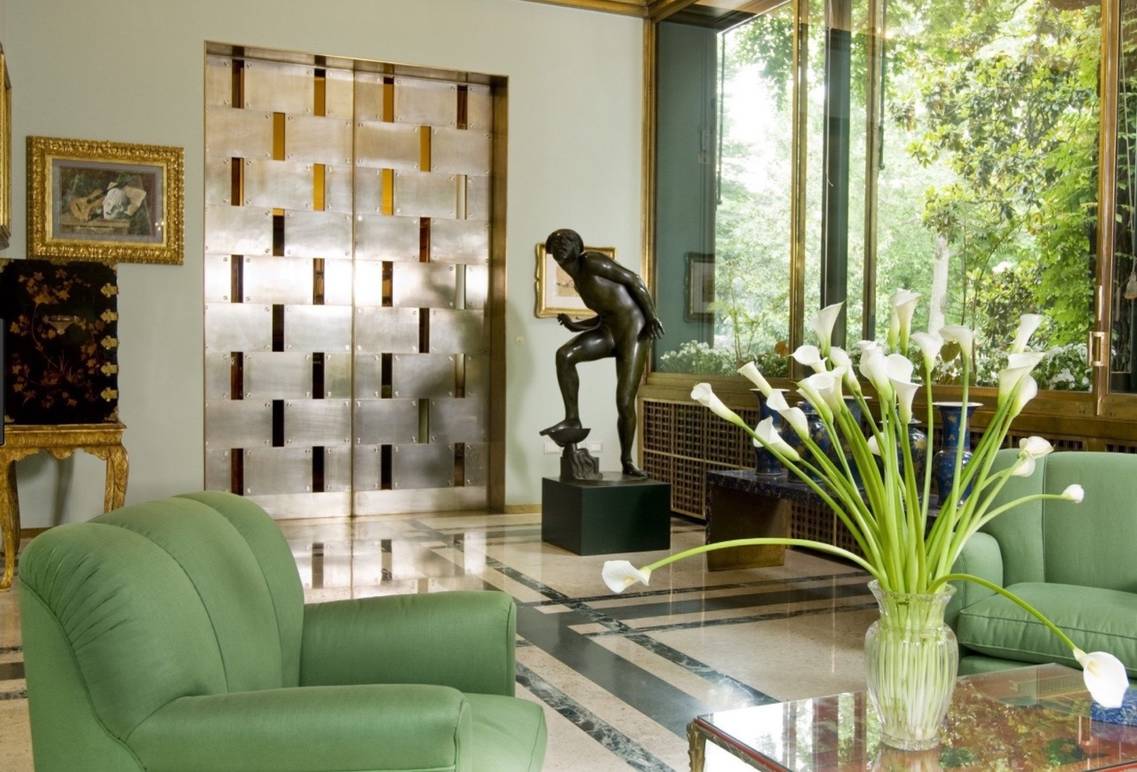



i-Italy
Facebook
Google+
This work may not be reproduced, in whole or in part, without prior written permission.
Questo lavoro non può essere riprodotto, in tutto o in parte, senza permesso scritto.